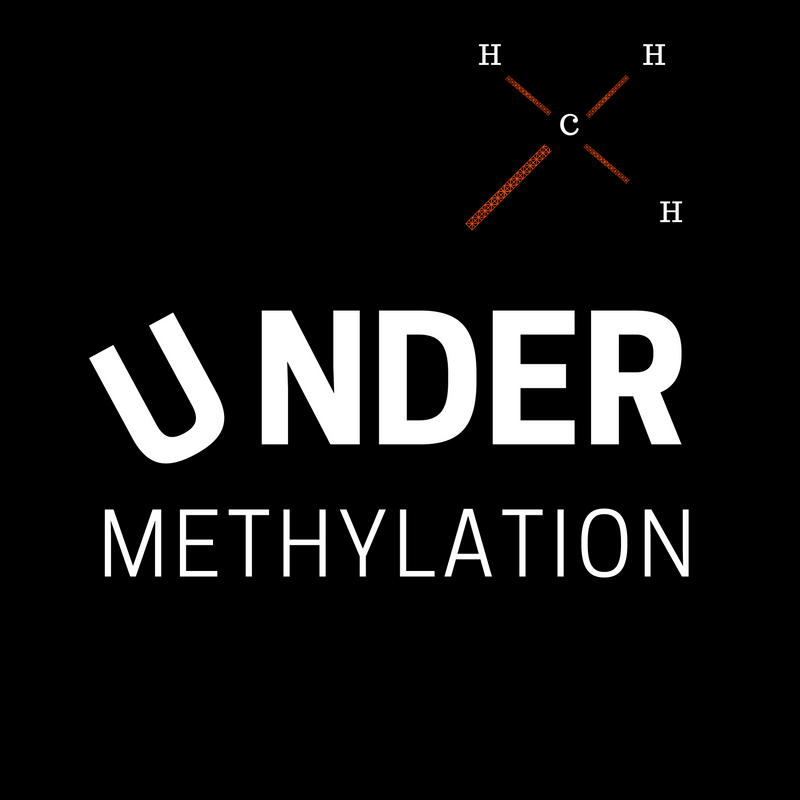Determining whether you have an MTHFR mutation is the best way for you to get proof that supports your hypothesis of being an overmethylator or undermethylator. Using a treatment protocol for overmethylation or undermethylation when you have no actual methylation dysfunction may be more problematic than beneficial.
A heterozygous MTHFR polymorphism is found in 30% of the population worldwide, and the more severe homozygous form (homozygous means you inherited the inferior gene from both parents, not just one) is found in 10%. This particular polymorphism is so far the one most intensively studied in the scientific community, as it directly causes a build up of homocysteine which has been proven to be the cause of hardened arteries and heart disease.
MTR polymorphisms are much rarer. A homozygous MTR A2756G polymorphism affects fewer than 1% of the population, for example.
There are scattered articles providing information on the prevalence of the other polymorphisms, but often they study a specific ethnic group, or a study population too small to extrapolate the data to the population at large. It does seem, however, that some of these polymorphisms are far from rare.
A positive result means something different for each individual. It is very important to remember that just because you have a mutation does not mean you will necessarily have health issues, the gene may not be expressed. There are many factors that influence genes ranging from stress, to your diet and the environment around you. Ensure you get your gene test interpreted by a professional.


